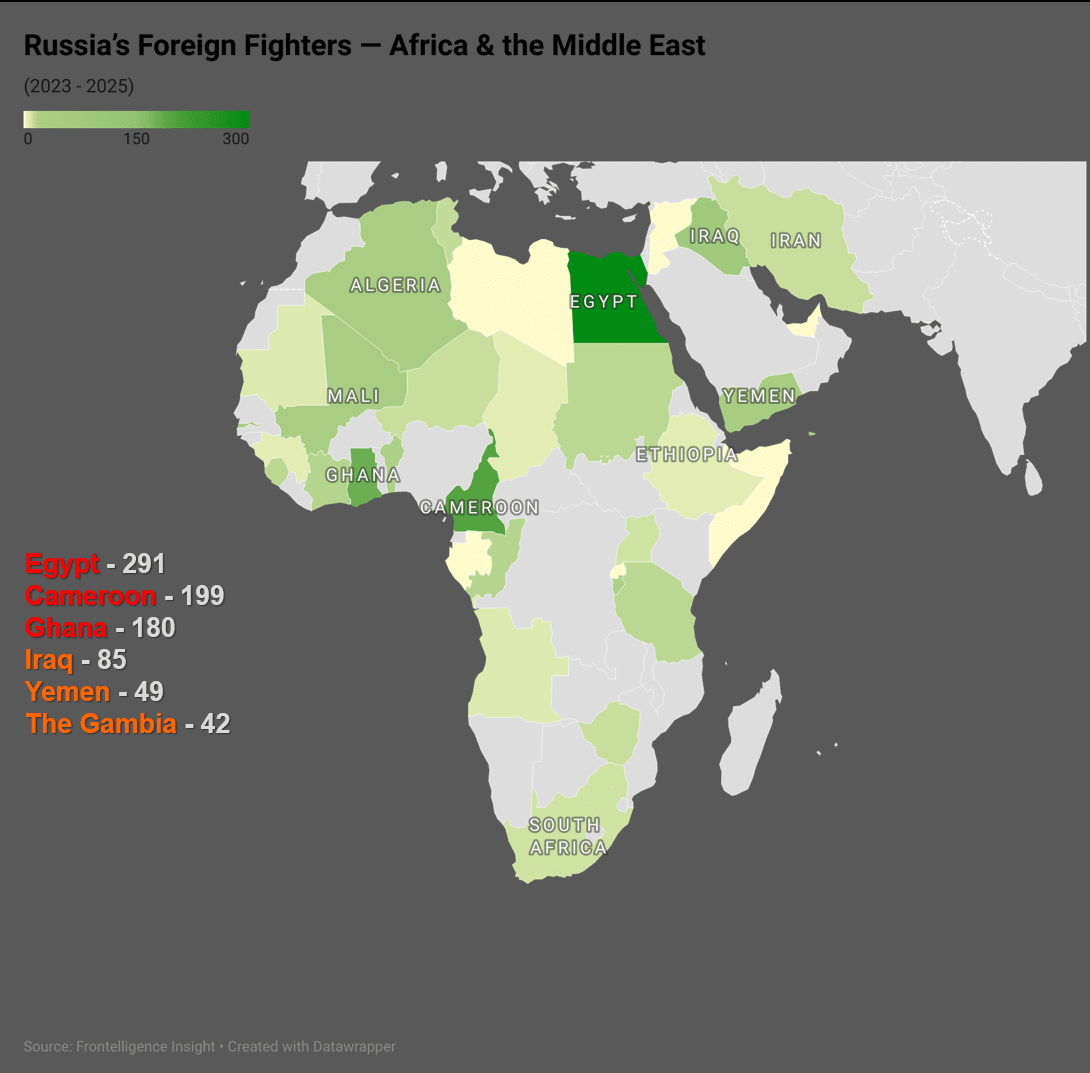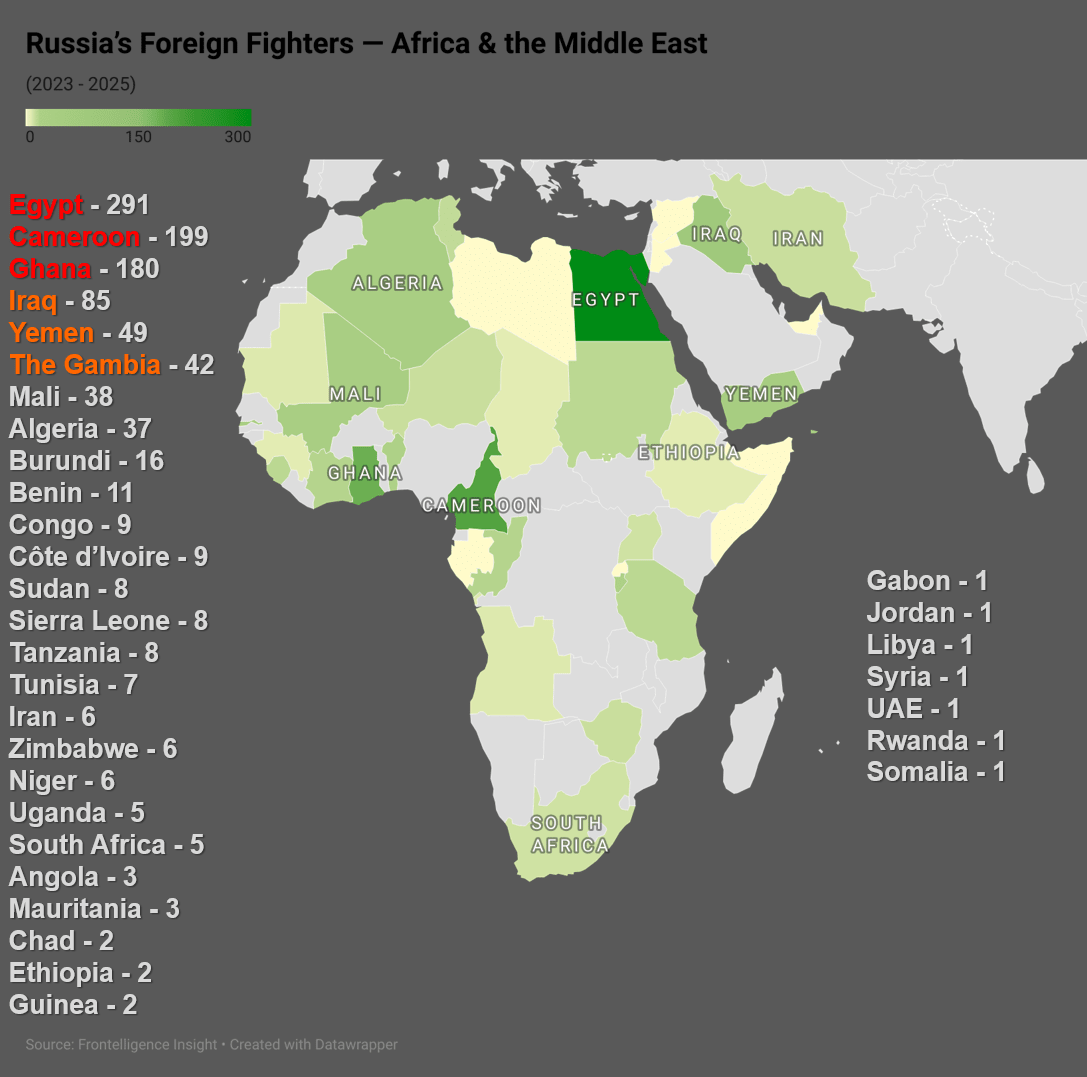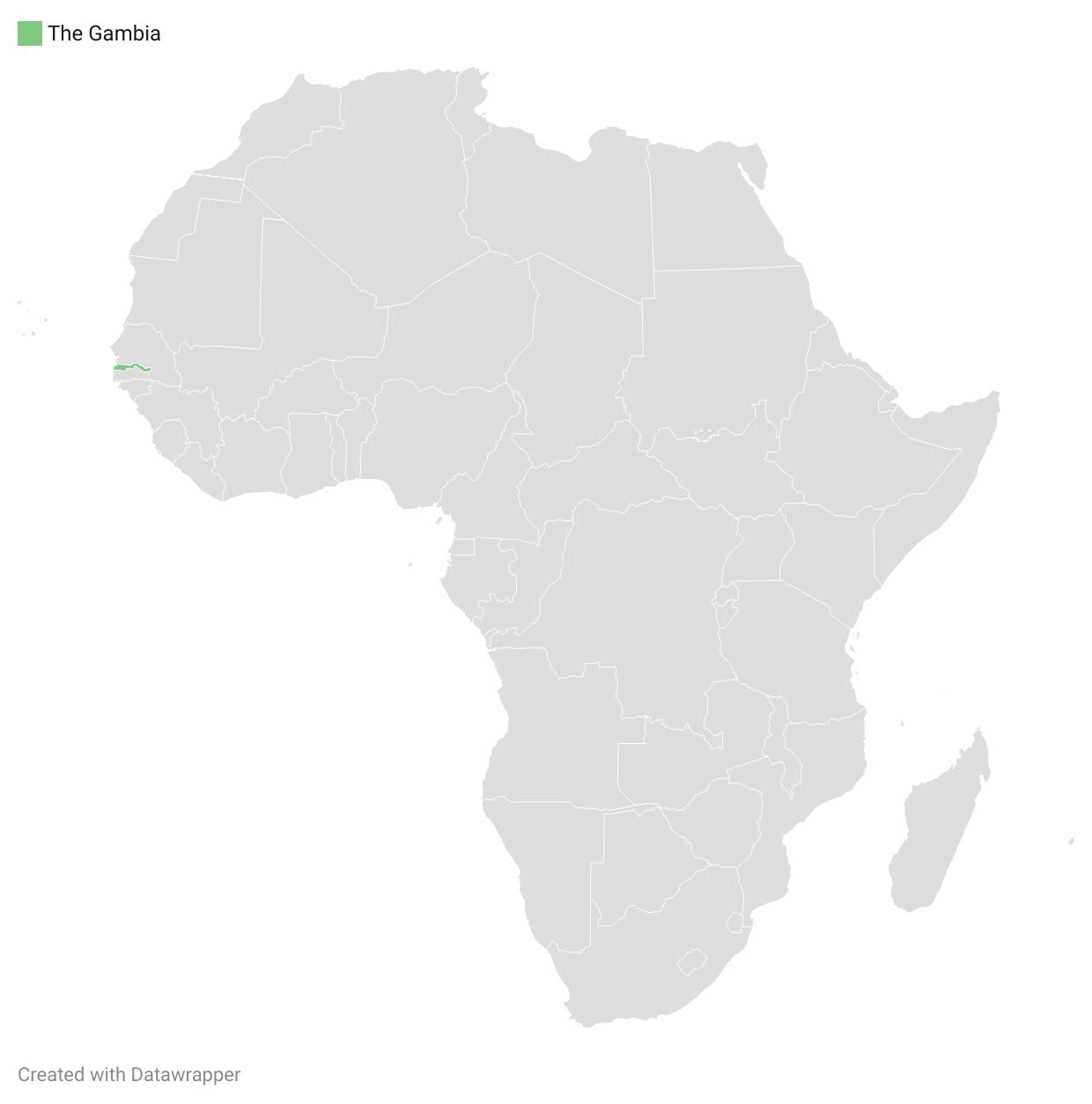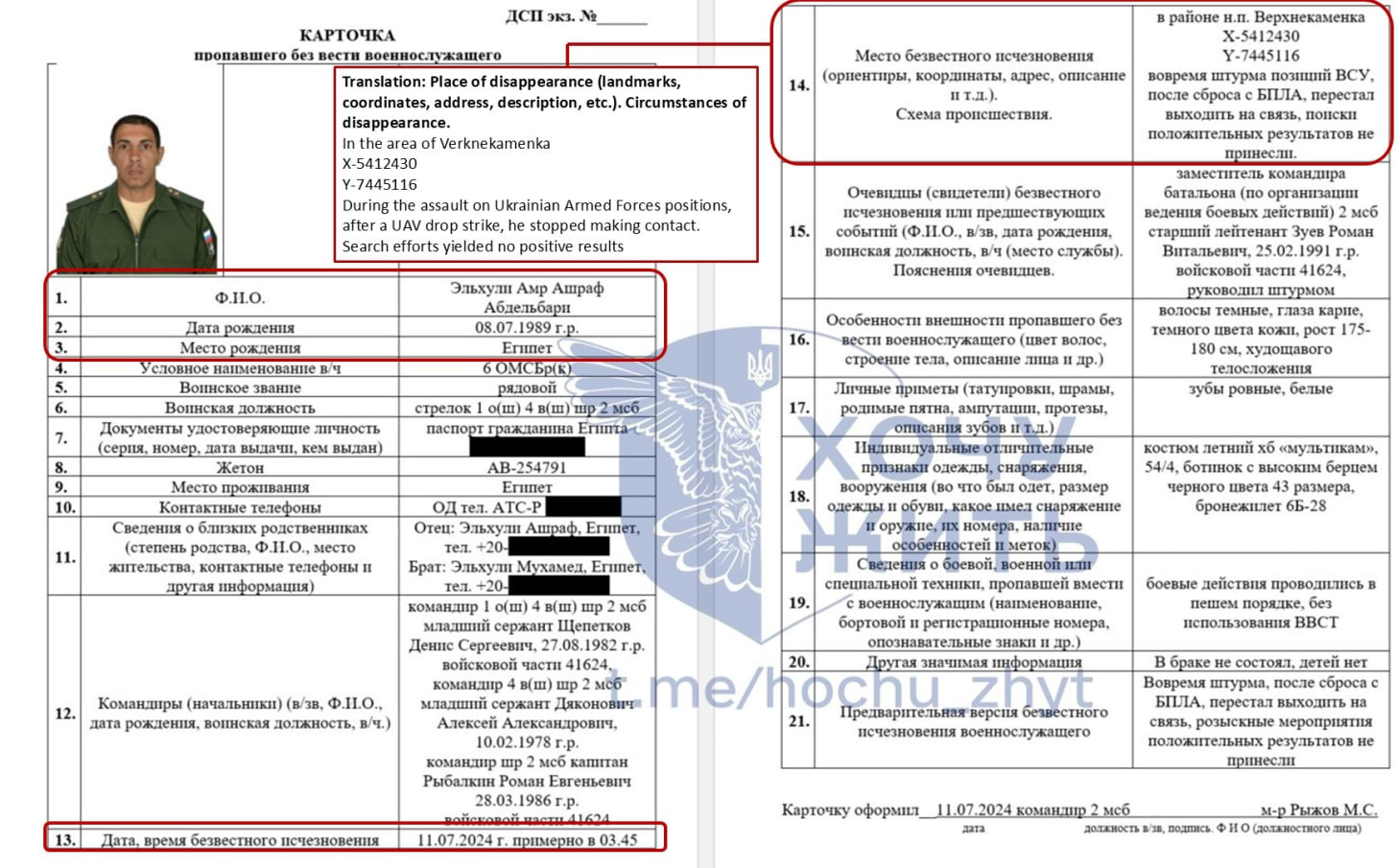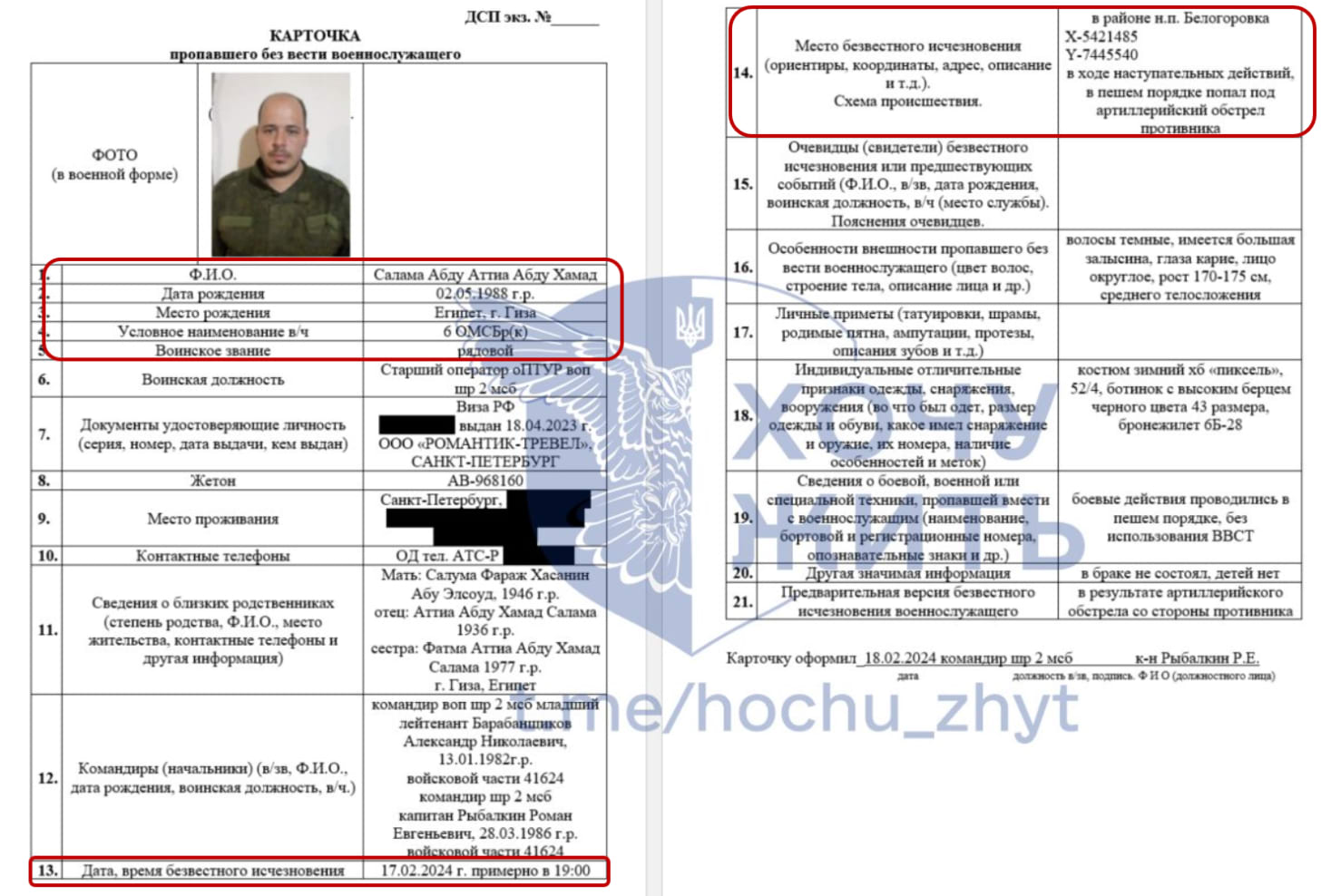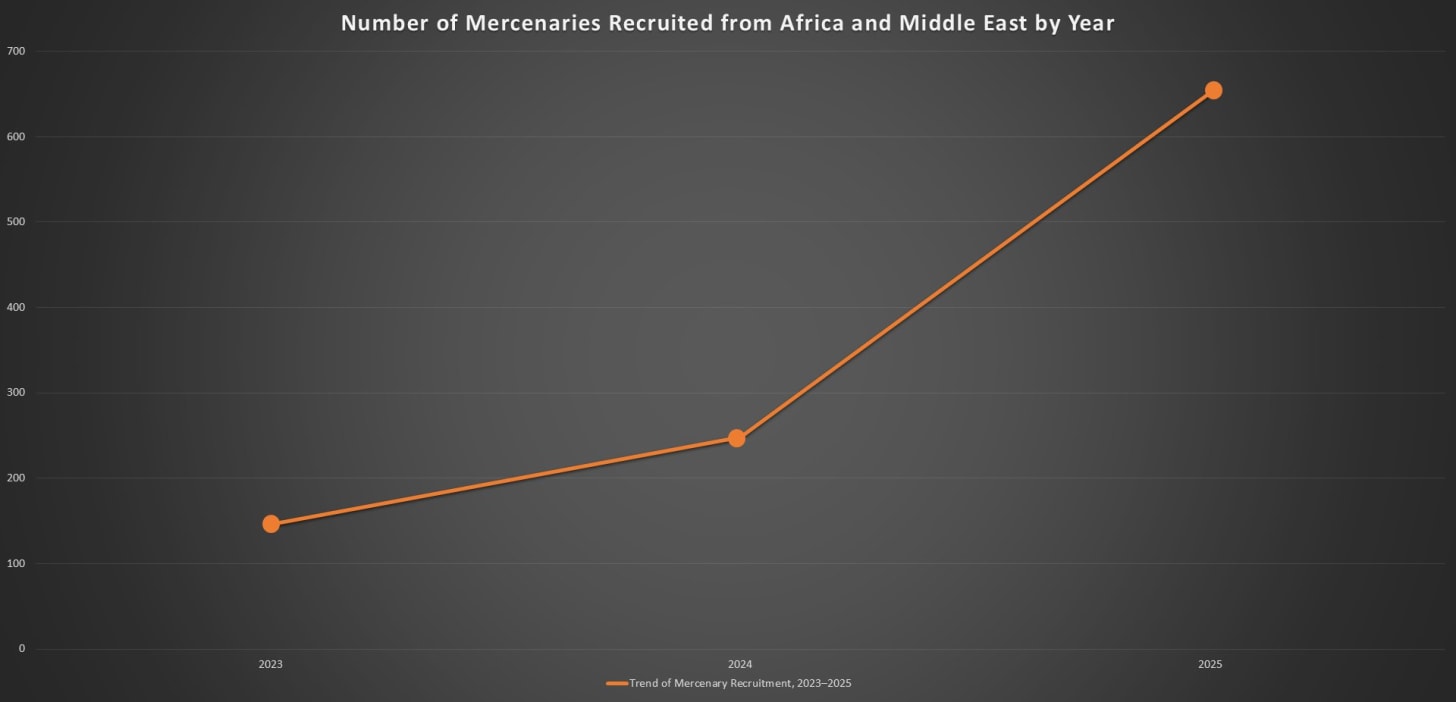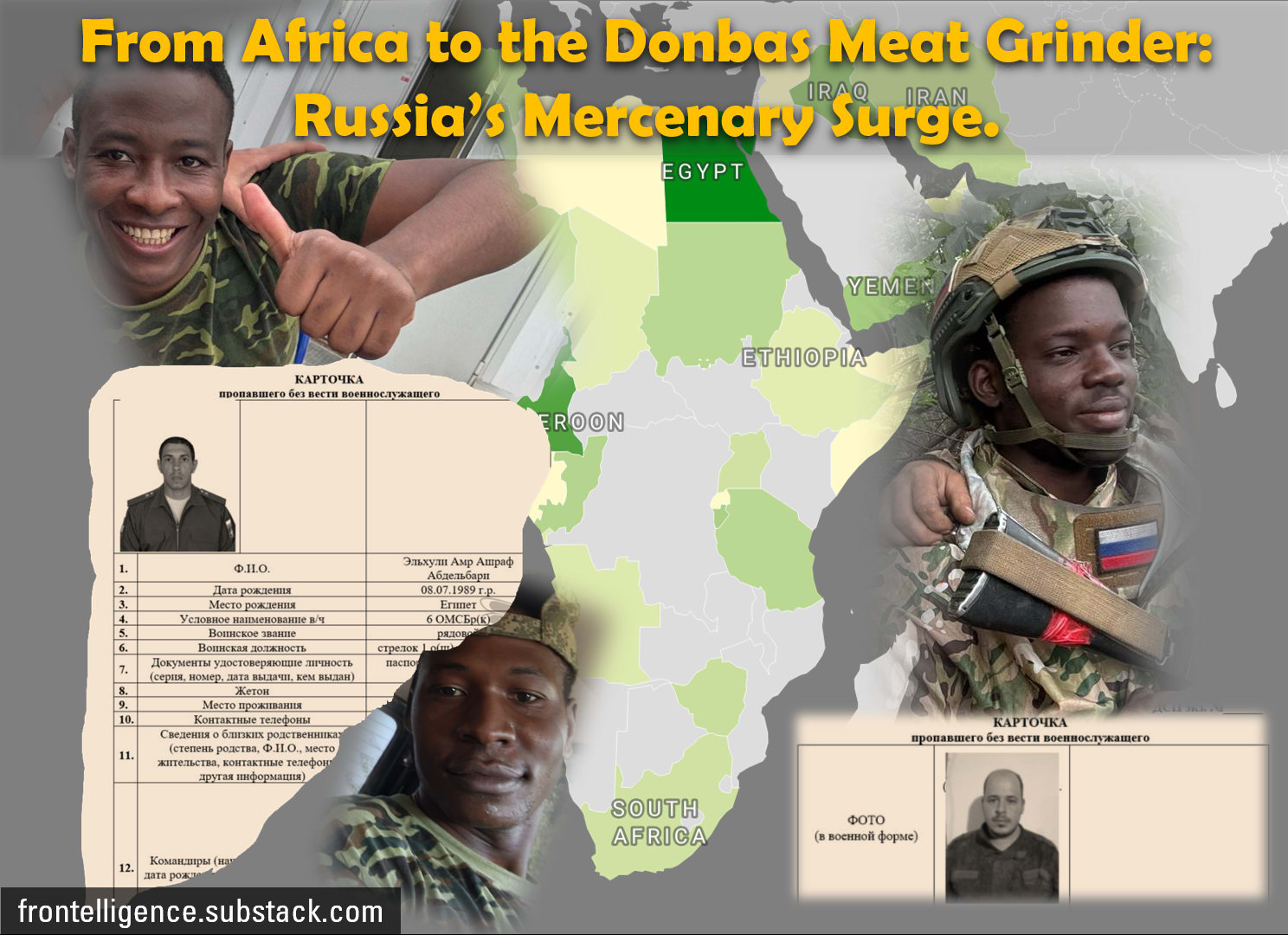
Over 15 thousand mercenaries have joined Russia’s ranks to fight against Ukraine . Their geography is wide and covers almost all continents, except for Antarctica. Russia is actively and constantly increasing its recruiting efforts - only in Africa, for the first 6 months of 2025, Russia has recruited more people than for the entire 2023 and 2024. We reviewed thousands of mercenary lists and even individual cases provided by the I Want to Live project, concluding that Russia’s use of mercenaries is rising worldwide. This points to a broader trend within the Russian military in 2025, as it increasingly looks beyond traditional contractor recruitment in Russia’s economically depressed regions.
Considering that some entities were missing key details such as full names or country of origin, to ensure accuracy, we included only cases with complete information, allowing us to eliminate duplicates and assign individuals to specific countries. As a result, the true number of mercenaries is likely higher than the figures presented here.
Table of Contents:
I. Geography of Recruitment
II. Fate of Mercenaries
III. Trends and Implications
I. Mercenary’s geography
The composition of Russia’s mercenaries in Africa and the Middle East is geographically diverse, but Egypt stands out as the leading contributor. Of more than 1,200 reviewed records - 291, roughly 25%, are identified as Egyptian. Although the roster is still incomplete, the data indicates that Egyptians make up the largest share of volunteers
This is not surprising. As Africa’s third most populous country, Egypt has longstanding ties to Russia dating back to the Soviet era. Over time, these connections have been reinforced through mutual economic interests, including tourism and the construction of a Russian-backed nuclear power plant.
While Egyptians dominate the list, two West African countries, Cameroon and Ghana, follow with 199 and 180 documented cases, respectively. Neither has deep political or military ties with Moscow, unlike Mali or the Central African Republic, where Wagner and now the Russian Africa Corps have operated for years. Instead, recruitment there appears to be driven by Russia’s aggressive campaigns, offering sign-up bonuses worth the equivalent of a decade’s salary for the average worker.
Our team has also confirmed earlier reports of Yemeni participation, identifying at least 49 citizens. As in other cases, many were drawn in not only through direct military recruitment but also through misleading promises of civilian jobs.
Another notable finding is the disparity between Iraq and Iran: 85 Iraqis compared with just 6 Iranians. Despite Moscow’s close partnership with Tehran, the data suggests Iran has been far less tolerant of recruitment efforts than Iraq.
We were also struck by the limited number of cases from the Central African Republic, despite Russia’s long-standing presence and influence there. In Mali, where the African Corps is also active, only 38 individuals were documented as joining Russia’s army - just two fewer than in Algeria.
Relative to its size, The Gambia is an outlier: 42 confirmed cases in a country of only 2.7 million people. By contrast, Egypt provides the largest number overall, but with a population exceeding 115 million, its proportional share is far smaller.
II. Fate of Mercenaries
We consulted with the I Want to Live project, which tracks POWs from all countries fighting for Russia, to see if there were matching records. Their data confirmed several individuals listed in Russia as missing in action - mercenaries who had joined in hopes of earning money but ultimately went missing
a) Case 1: Russian MIA records list Egyptian citizen Al-Hudi Amr Ashraf Abdelbari, born July 8, 1989. He signed a contract with the Russian army and served in the 2nd Separate Motor Rifle Brigade. According to the record, he went missing near Verkhnokamianka during an assault against Ukrainian forces. Combat details suggest he was on foot during the attack and disappeared following a UAV-dropped munition strike on July 11, 2024, around 03:45.
b) Case 2: Egyptian citizen Salama Abdu Attiya Abdu Hamad, born May 2, 1988, also served in the 2nd Separate Motor Rifle Brigade. According to records, he went missing near Belohorivka while on foot during an assault. Combat details indicate he came under artillery fire and disappeared at 19:00 on February 17, 2024.
What unites these two cases, and the rest of dataset with 3,081 mercenary records from around the world, is that the vast majority of recruits are assigned to infantry, assault, or other frontline combat roles. This suggests that, despite Russian promises of non-combat positions during recruitment, such assurances are rarely honored. Mercenaries are almost certain to end up on the frontlines, often on foot, participating in assaults against Ukrainian positions.
III. Trends and Conclusions
The most important part of our investigation points not to individual cases, but to overarching trends that we were able to identify. Specifically, the data indicate that recruitment in Africa and the Middle East is accelerating rapidly.
Thanks to 1,045 records containing sign-up dates, we identified the following: in 2023, 146 contracts were signed; in 2024, 248 contracts; and in just the first six months of 2025, we identified 651 cases - more than the total for 2023 and 2024 combined.
Our team is observing this trend not only in Russian recruitment efforts abroad, but also domestically, including in pre-trial detention centers and among illegal immigrants. This supports our earlier findings of growing issues with traditional domestic recruitment in the Russian army.
At this stage, we cannot provide a precise number of mercenaries, but estimates exceed 15,000, with recruitment continuing to expand in 2025. In addition to thousands of North Koreans and Cubans, Russia increasingly targets vulnerable populations in the “Global South”, offering promises of easy money, romantic relationships, Russian citizenship, and other incentives to meet recruitment quotas set by the General Staff. Our team thinks that these targets are becoming increasingly difficult to achieve, pointing at a broader issue similar to Ukraine last year, when recruitment shortfalls created manpower gaps. For Russia, consistent recruitment is essential to sustain operations - a metric our team will continue to monitor closely
Thank you for reading our report. If you found this investigation valuable, we invite you to become a paid subscriber. Over the next two weeks, we will release two breaking analyses: one detailing verified Russian losses, and another presenting a unique set of documents outlining Russia’s long-term vehicle production plans. Production documents will be available for download exclusively to our paid subscribers. Join our premium community to access materials you are unlikely to find anywhere else, even among the world’s top media outlets.

